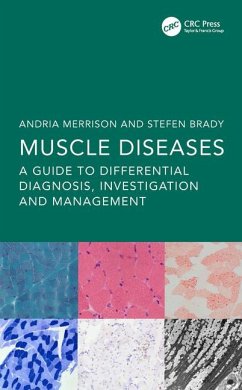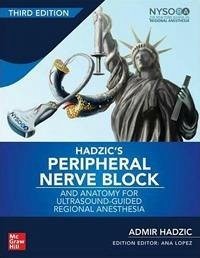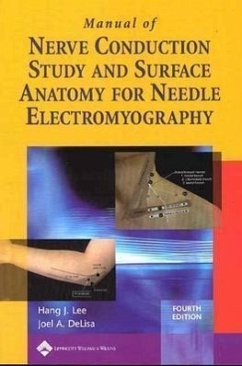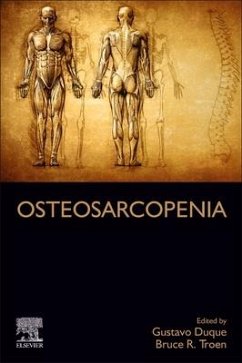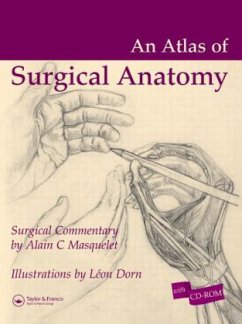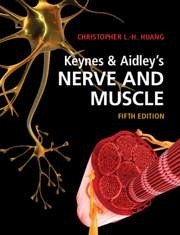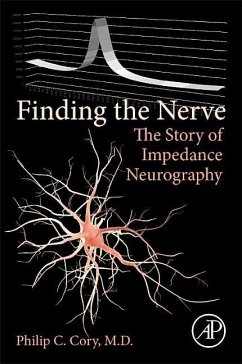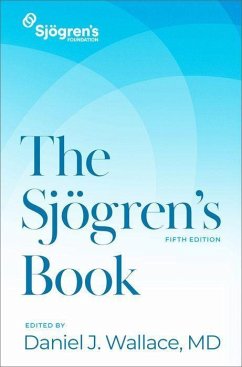
Electrodiagnosis in Diseases of Nerve and Muscle
Principles and Practice
Versandkostenfrei!
Versandfertig in über 4 Wochen
220,99 €
inkl. MwSt.
Weitere Ausgaben:

PAYBACK Punkte
110 °P sammeln!
Professor Jun Kimura, an internationally renowned and legendary pioneer in electrophysiology, has updated and thoroughly revised Electrodiagnosis in Diseases of Nerve and Muscle: Principles and Practice, the essential textbook considered the gold standard for electromyography (EMG) students and practitioners world-wide.




